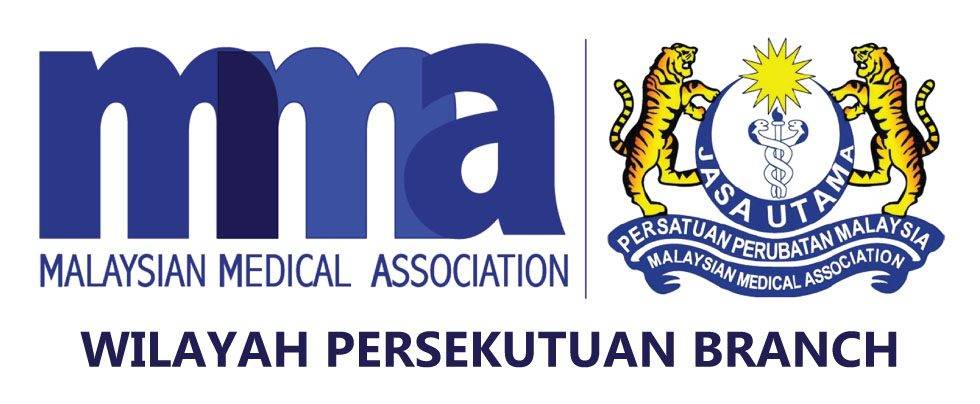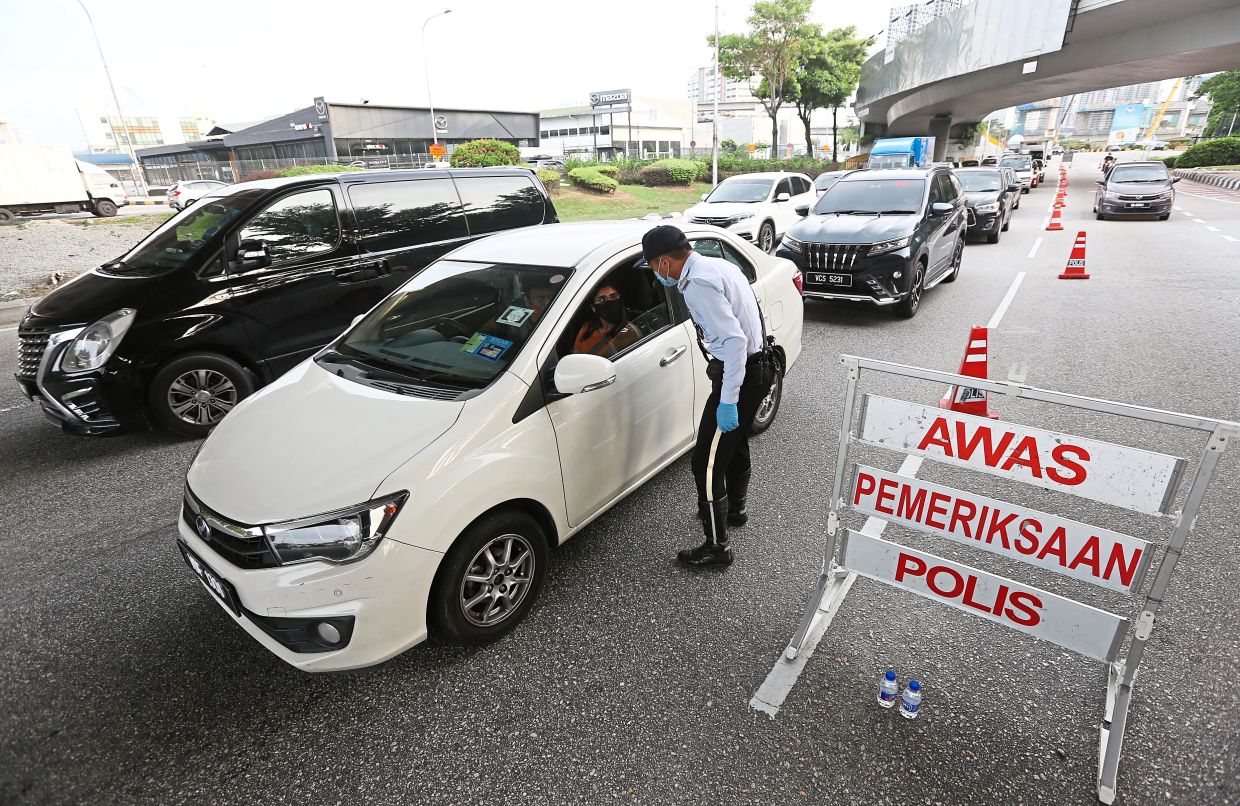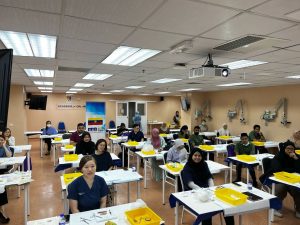THERE is an increasing number of queries about the necessity for more intense and restrictive
SOPs to mitigate the effects of the Covid-19 pandemic. One way of understanding the reason for these policies is to understand how the pandemic affects us.
The following indicators evaluate the Covid-19 threat to our health.
1) The Covid-19 burden on the healthcare system: The total number of active Covid-19 cases and those who require more intensive support is a measure of the overall load the system can bear. Mitigation aims to avoid overwhelming our healthcare systems capacity.
The nation currently has the capacity to manage 16,060 cases, comprising 3,825 hospital beds and 12,235 quarantine and low-risk beds (according to a tweet by Health director-general Tan Sri Dr Noor Hisham Abdullah on Oct 30).
Assuming 15% of cases require hospitalisation, the current system can manage a total of 25,500 active cases. However, capacity is not uniformly distributed and varies by region.
2) The intensity of Covid-19 transmission (R0/Rt): Is there a change in the number of cases reported daily from week to week? The R0 (pronounced R-nought) or Rt (the effective reproduction number) is the average number of people who are infected by a Covid-19 case in approximately a week.
Various factors influence the reproductive number, such as the infectivity of the virus and environmental factors such as crowded work or living quarters and closed system populations, such as prisons or detention centres.
The reproductive number is very susceptible to changes in screening strategy. It tends to dramatically increase during specific active case detection activities, for example, when testing a whole kampung or prison. The reproductive number, as an average measure, does not correctly account for superspreading events.
3) Baseline risk of Covid-19: We are all at risk of getting infected by leaving our homes. This risk may be measured using a density measure of infection. When all cases are isolated, this risk is estimated using the number of new cases per 100,000 head of population.
4) Risk of unmitigated community transmission: The number of new cases that cannot be linked to any previous clusters is a good indicator of community transmission. These cases may be identified either by symptomatic screening, screening of severe acute respiratory infections or through pre-operative screening. These cases usually represent a much larger number of undiagnosed cases in the community. Community transmission can exponentially increase the generation of new cases.
Decisions on SOP intensity will need to prioritise the different indicators of health, economy, and security and concurrently balance the benefit to harm ratio of the proposed policy. Prioritisation will differ based on ones perception. Different priorities may result in the formulation of various policies from the same data because of how we weight the relative importance of these sectors. However, variation in perception may also promote innovative insights and out-of-the-box solutions.
So, should the conditional movement control order (MCO) be extended in either Sabah and Selangor, or Kuala Lumpur and Putrajaya? The short answer is that it depends on the regions situation. The benefit to harm ratio of a lockdown will typically be higher when the composite health threat is higher. For example, based on Covid-19 case trends in Sabah, a conditional MCO extension or intensification is justified by current healthcare availability, the intensity of transmission, risk of community transmission, and persistence of community transmission.
PROF DR SANJAY RAMPAL , Epidemiologist and Public Health Physician, Universiti Malaya
DR VIVEK JASON JAYARAJ , Doctor of Public Health (DrPH) candidate, Universiti Malaya
Source: https://www.thestar.com.my/opinion/letters/2020/11/06/should-cmco-be-extended




